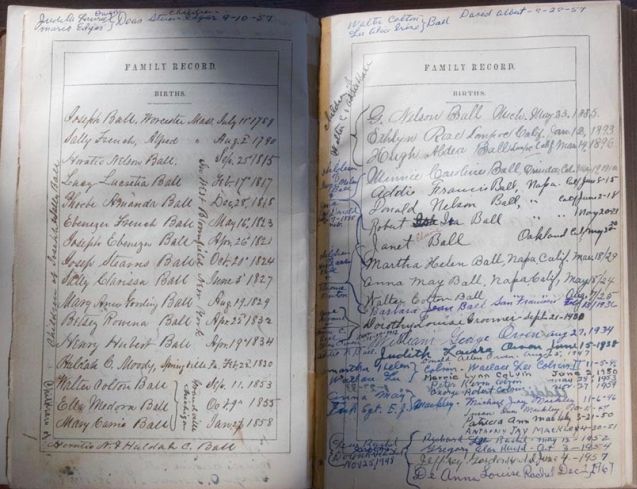
Diane L. Richard, MEng, MBA
Though North Carolina didn’t start officially requiring Birth Certificates and Death Certificates until 1913 (and full compliance wasn’t fully achieved until as late as WWII), it doesn’t mean that you cannot determine when and where earlier birth, marriage, and death events occurred. So, what can you do when a certain official vital record cannot be found?
Well, you can search for the next best thing – what we call a substitute record. This means that we have to be more creative in our pursuit of this information.
Some locales did start registration of such events as early as the 1880s and various Civil War records can be quite informative. Newspapers, church, voting, cemetery, estate, court, tax, directory, and school records can all help us sometimes identify those elusive birth, marriage, or death dates and places, or at least give us a better and more narrow approximation of when and where. Let’s take a look at some examples of pre-1913 vital records substitutes – both the obvious and those that are a bit more obscure.
(Image source: “Family-bible-births” by David Ball – Original work, licensed under Creative Commons CC BY 2.5 via Wikipedia)
Available in the NCGS online store is North Carolina Research – Genealogy and Local History, the text for the NCGS Webinar Series.
You must be signed in to your NCGS membership account to view this resource.
